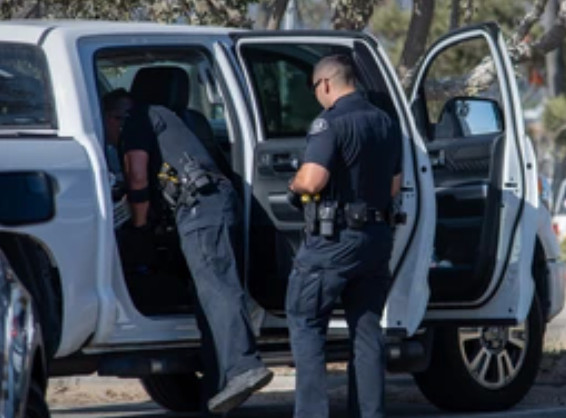

- Ref # CAB00200
- March 03, 2023
Be Mindful of the “Community Caretaking” Guidelines When Conducting Vehicle Inventory Searches
From the Classroom
By Ray Hill
Professor Emeritus, Santa Rosa Junior College
Vehicle Inventory Searches and the “Community Caretaking” Function
Background
With the proliferation of “side shows” in Sonoma County, I had an “OG” officer tell me: “If I have reason to tow the car, I’m going to search it.” Certainly, you should follow your standardized department policies in a decision to impound and complete inventory paperwork prior to a tow (South Dakota v. Opperman (1976) 428 U.S. 364; Colorado v. Bertine (1987) 479 U.S. 367). Your agency policy is based upon: 1) Protecting you and your agency from false allegations of theft or damage to the vehicle or property within; 2) Protecting the vehicle itself and its contents from theft or vandalism given the area in which it is parked; 3) Protecting and securing any high-value property inside the car for safekeeping and return; and 4) Securing dangerous devices or hazardous materials for public safety reasons, i.e., explosives, flammables, and chemicals.
Despite the authority of a California statute, or city/county ordinances, for towing (i.e., driving with a revoked license, registration fees due, custodial arrest), Fourth Amendment case law specifies that an inventory search will not result in the admissibility of any evidence “fortuitously” found in the car ....







